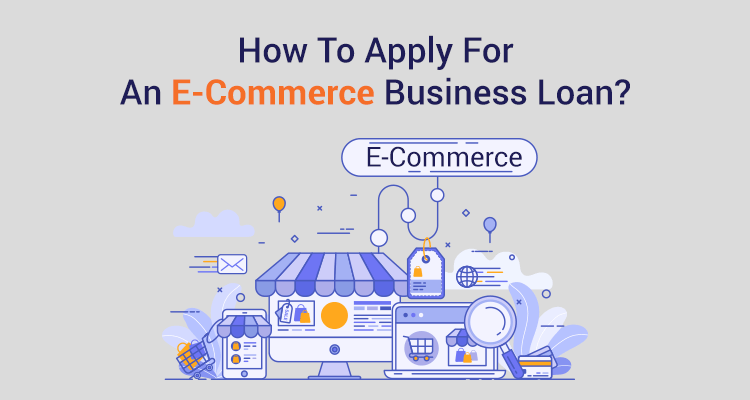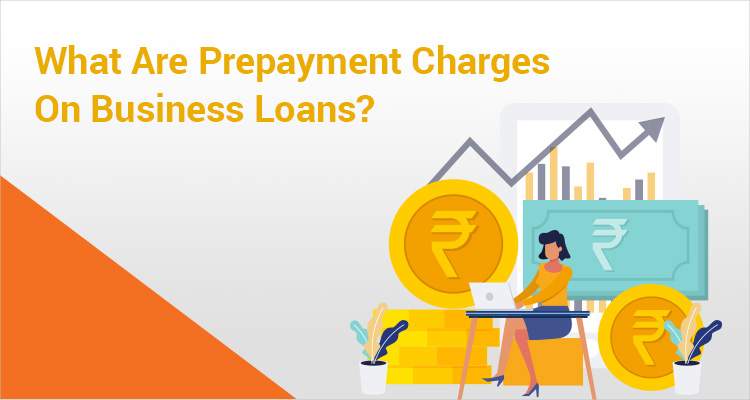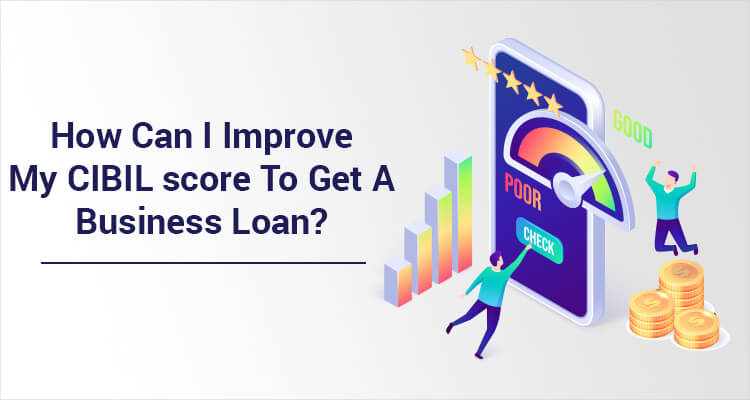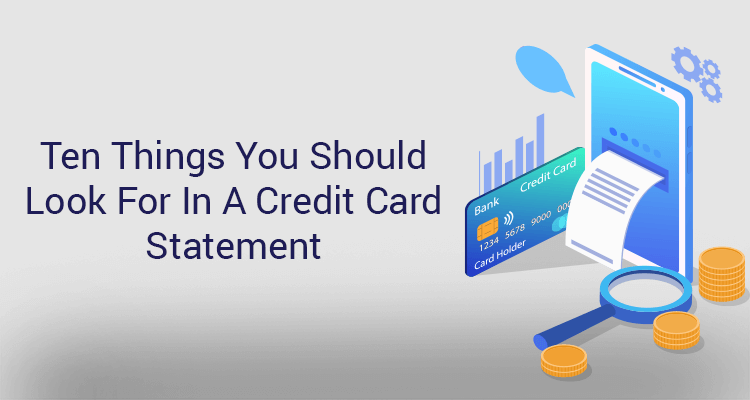How To Apply For An E-Commerce Business Loan?

Electronic commerce, or e-commerce, is one of the fastest growing sectors in India. According to industry estimates, the gross merchandise value of the sector is projected to grow to $350 billion by 2030 from around $55 billion in 2021.
E-commerce enables a commercial entity to carry out business on an electronic platform, leveraging the internet. The online market is extremely competitive and e-seller dynamics differ from those of conventional markets.What’s E-Commerce Financing?
E-commerce financing is a type of funding that provides business loans to online retailers. The funding could be in the form of working capital and lines of credit.E-commerce loans, which are in the form of a business loan, enable online sellers to manage cash flows, and meet payment obligations. It also helps online sellers to manage inventory, logistics, and supply chain. The loans can be unsecured or secured, which means some lenders can ask for collateral against the loan.
Though the traditional banking system was slow to get on to the e-commerce loan bandwagon, most lenders are now active in providing loans to e-commerce businesses. Some banks have also tied up established players like Amazon and Flipkart to provide loans to sellers and buyers on their platforms.Applying For E-Commerce Business Loans
E-commerce loans need minimum documentation. Most lenders ask for basic document like PAN Card, Aadhaar Card, bank statement, GST registration certificate and company balance sheet for providing e-commerce loans.Prospective borrowers should assess various options before deciding on what is best suited for them. Eligibility criteria for e-commerce loans are similar to any other business loan. It will depend on the track record of the promoter, credit score, sales of the company and the platform on which the products are being sold.
E-Commerce Loan Options
E-commerce loans can be procured online or offline. Banks provide both secured and unsecured loans for e-commerce ventures. Sometimes these loans are also given as personal loans. With the sector booming, many lenders have dedicated departments to handle e-commerce loans.Since most of the e-commerce entities are small businesses, they can also avail the various government schemes to provide working capital and term loans to the small-scale sector. These schemes include the Credit Guarantee Scheme, Pradhan Mantri MUDRA Yojana and Prime Minister's Employment Generation Programme. Some of these schemes offer attractive interest rates as the government provides loan guarantee and interest subvention.
Companies can also access alternative methods financing like invoice financing or supply chain finance. Invoice financing can be in the form of invoice factoring where an entity sells its outstanding invoices for a consideration or invoice discounting where an entity borrows against outstanding invoices.Conclusion
Until a few years ago lenders were hesitant to provide loans to e-commerce ventures. But the situation has seen a sea change. India is estimated to have the third-largest online shopper base after China and the US at 150 million. This is expected to more than double to 350 million by 2025-26.These growth prospects are leading to a rise in the number of e-commerce ventures, which often require business loans to scale their operations. This, in turn, is prompting lenders to tap the growing lending opportunity.
Disclaimer:The information contained in this post is for general information purposes only. IIFL Finance Limited (including its associates and affiliates) ("the Company") assumes no liability or responsibility for any errors or omissions in the contents of this post and under no circumstances shall the Company be liable for any damage, loss, injury or disappointment etc. suffered by any reader. All information in this post is provided "as is", with no guarantee of completeness, accuracy, timeliness or of the results etc. obtained from the use of this information, and without warranty of any kind, express or implied, including, but not limited to warranties of performance, merchantability and fitness for a particular purpose. Given the changing nature of laws, rules and regulations, there may be delays, omissions or inaccuracies in the information contained in this post. The information on this post is provided with the understanding that the Company is not herein engaged in rendering legal, accounting, tax, or other professional advice and services. As such, it should not be used as a substitute for consultation with professional accounting, tax, legal or other competent advisers. This post may contain views and opinions which are those of the authors and do not necessarily reflect the official policy or position of any other agency or organization. This post may also contain links to external websites that are not provided or maintained by or in any way affiliated with the Company and the Company does not guarantee the accuracy, relevance, timeliness, or completeness of any information on these external websites. Any/ all (Gold/ Personal/ Business) loan product specifications and information that maybe stated in this post are subject to change from time to time, readers are advised to reach out to the Company for current specifications of the said (Gold/ Personal/ Business) loan.



